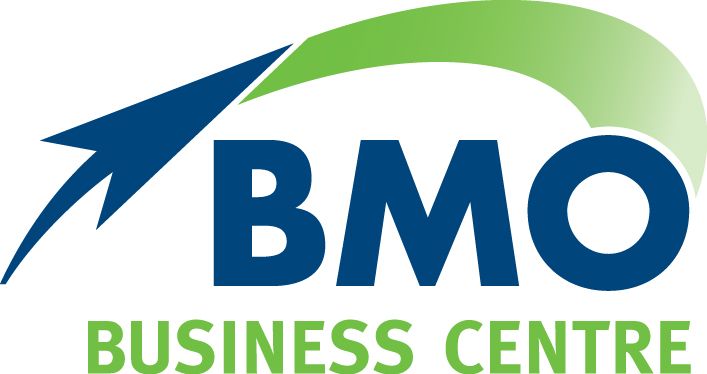SMSFs on the defensive: Is it time to revisit your strategy?
Self-managed super funds (SMSFs) have had a challenging year, with COVID-19 linked market uncertainty affecting income and returns. But SMSF trustees haven’t been sitting on their hands.
One of the main reasons people give for wanting to establish an SMSF is to have greater control of their investments and taking control of a difficult situation is exactly what they’ve been doing.
Changes to asset allocation
According to the 2020 Vanguard/Investment Trends SMSF investment report, nearly half of SMSFs made substantial changes to their asset allocation this year.
The survey of over 3000 SMSF trustees shows most reacted defensively, with 55 per cent increasing their cash and property holdings, mainly at the expense of equities. Direct shares now represent 31 per cent of SMSF portfolios, their lowest level since 2009 during the GFC.
The report found that one third of SMSF have fixed income exposure. Hybrid securities remain the most popular product, although more trustees are investing in bonds which has become easier with the profusion of bond ETFs (exchange traded funds). In fact, bonds were among the better-performing asset classes in the year to June 2020. International bonds returned 5.4 per cent while Australian bonds returned 4.2 per cent.i
However, the search for a reliable income stream that is better than what you can get from bank deposits remains a challenge.
With interest rates on the decline for several years, and currently at or near zero, investors have turned to shares for their dividend income as well as capital growth. But this source of income is also under threat from the economic impact of COVID-19 on company profits.
The Vanguard/Investment Trends survey also found that SMSFs expect dividend yields to fall from 4.8 per cent pre-COVID-19 to 3.6 per cent this year. While the actual decline in dividend income will depend on the shares you hold, many SMFS will already be feeling the pinch.
In July, the Australian Prudential Regulation Authority (APRA) ordered Australian banks and insurers to restrict dividend payments to 50 per cent of their earnings. Given the banks generally pay out up to 90 per cent of their earnings, this will have a big impact on SMSFs who often rely heavily on bank shares.
In the latest company reporting season, many popular blue-chip companies cut or suspended dividends. According to CommSec, 68 per cent of companies issued dividends in the year to 30 June 2020 but dividend payments were down 32 per cent on aggregate.
Yet despite this setback, SMSF investors are already positioning themselves for the future.
The Vanguard/Investment Trends survey showed SMSFs were poised to buy back into the share market, with 37 per cent willing to increase their allocation to blue-chip Australian shares, and 23 per cent to increase investment in international shares.
Diversification is key
In these uncertain times, having a well-diversified portfolio with multiple sources of income as well as capital growth is more important than ever.
As well as Australian shares, many SMSFs also have a relatively high exposure to property, either through residential real estate or listed property. But property also faces challenges.
Listed property was the worst performing asset class last year, down 13.4 per cent.i Although past performance is not a reliable guide to the future, commercial property faces challenges due to falling demand for retail and office space during the pandemic, as well as falling rents.
While residential property held its value last year, the outlook there is also uncertain given rising unemployment, falling rents and a halt to immigration. It’s also yet to be seen how many investors who temporarily deferred loan repayments will eventually decide to sell their properties.
A time to revise strategy
All in all, SMSF are performing well. However, with reduced dividend income and low interest rates in the medium term, SMSFs in retirement phase may need to make decisions that were not anticipated, such as drawing on their capital to cover their income needs.
At the very least, this is a good time to ensure that your SMSF is well diversified and positioned for continuing market volatility. If you would like to discuss your SMSF investment strategy, retirement planning or tax planning, do give us a call.
The information in this article does not take into account your objectives, needs and circumstances. We recommend that you obtain investment and taxation advice specific to your investment objectives, financial situation and particular needs before making any investment decision or acting on any of the information contained in this document. Subject to law, Capstone Financial Planning nor their directors, employees or authorised representatives gives any representation or warranty as to the reliability, accuracy or completeness of the information; or accepts any responsibility for any person acting, or refraining from acting, on the basis of the information contained in this document. Principal Wealth Management Pty Ltd trading as BMO Financial Solutions ABN 53 109 336 601 is a Corporate Authorised Representative (CAR 277821) of Capstone Financial Planning Pty Ltd ABN 24 093 733 969 Australian Financial Services Licence (AFSL) No. 223135.
The post SMSFs on the defensive: Is it time to revisit your strategy? appeared first on BMO Accountants.


